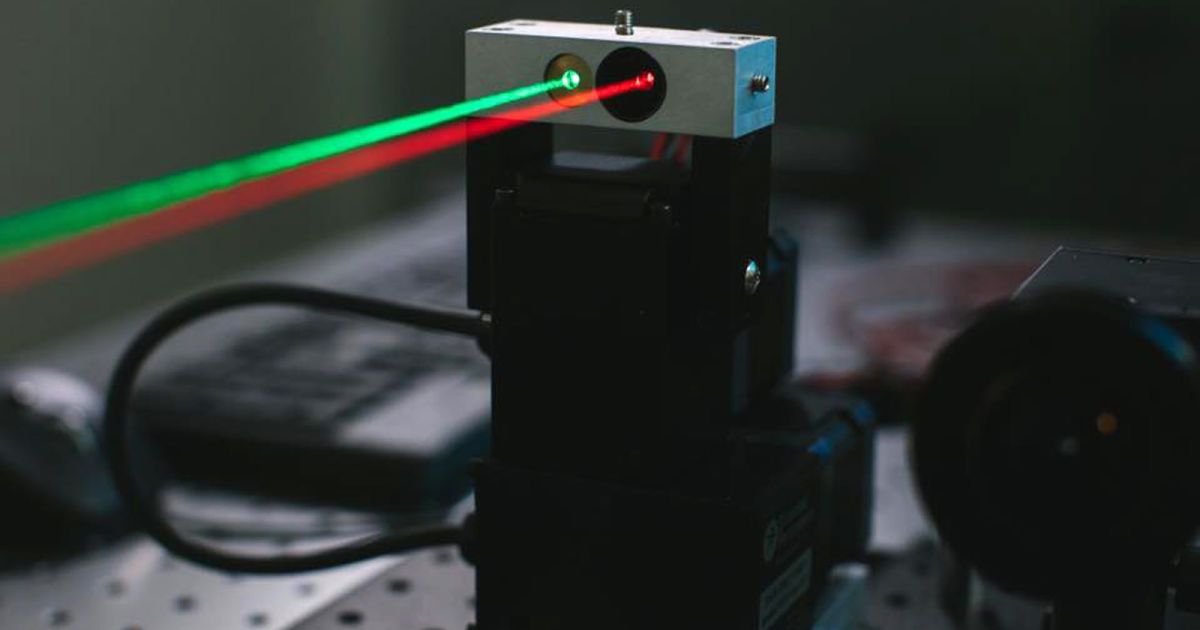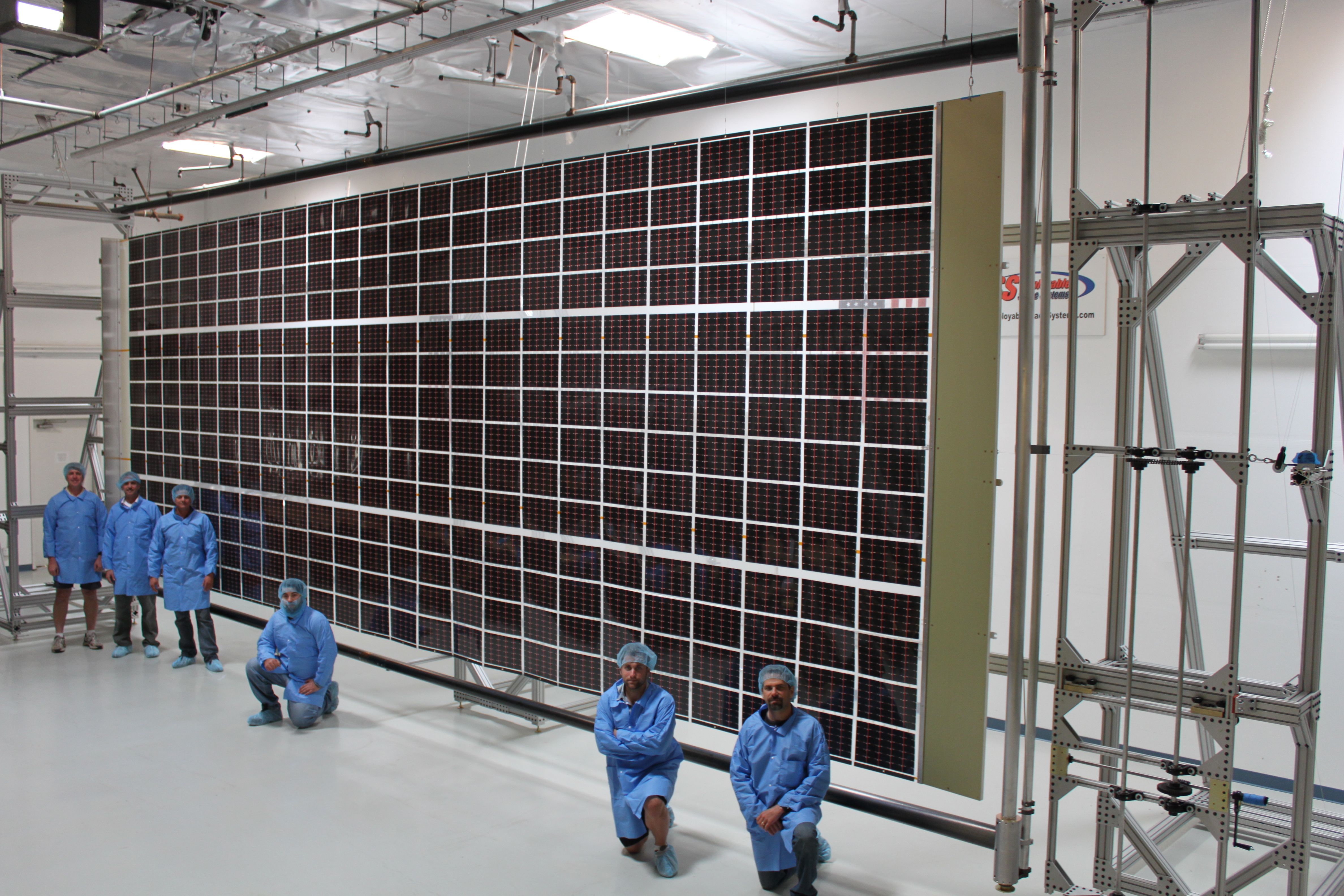Jul 21, 2016
Facebook details a way to offer laser-based internet access
Posted by Shailesh Prasad in categories: internet, materials
Have you wondered how Facebook might offer high-speed internet access using lasers? The company’s Connectivity Lab is happy to show you. It just published a research paper explaining laser beam technology can deliver up to 2Gbps to remote places. The trick, it says, is to use fluorescent optical fibers to collect the light instead of relying on traditional optics. Since the fibers don’t emit the same color that they’re absorbing, you can shine a brighter light at them (similar to a solar concentrator) and manage an extremely quick turnaround time of under 2 nanoseconds. Combine that with multi-stream data encoding and you get the ample bandwidth that’s normally reserved for WiFi and wired networks.
Facebook says it’s “investigating the feasibility” of shipping laser internet hardware based on this technology, but that may be more realistic than you think. The social network managed this feat using readily available materials that weren’t even meant for the purpose. It’s hoping that other organizations will craft optimized materials that are better-suited, and notes that an infrared-based system might hit speeds of up to 10Gbps. As important as Facebook’s findings might be, they’re only just the beginning.

















